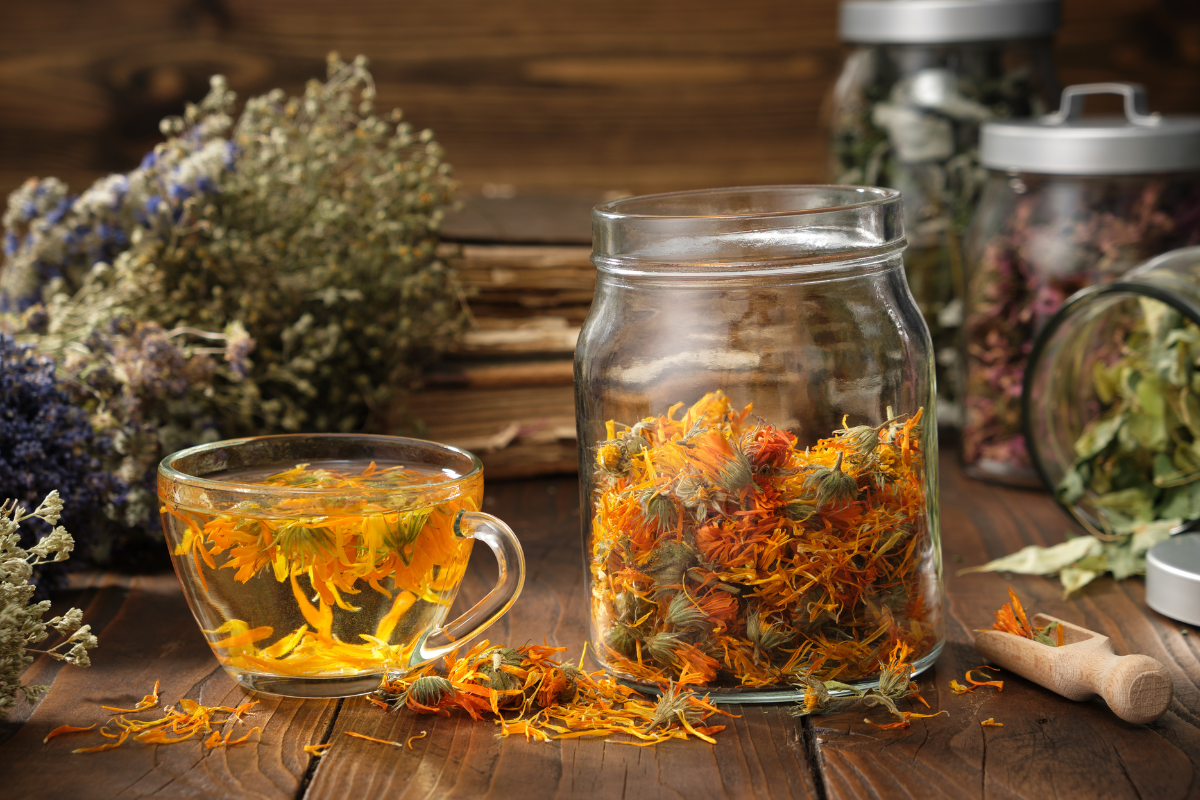
How to Make Infusions, Decoctions & Syrups
BY THEASHEN MOODLEY
Key Definitions
Constituents - a component part of something.
Introduction
The easiest way to get immersed into the world of phytotherapy is to make your own medicine. There are numerous ways in which to go about making herbal medicine, but the sections below outline 3 easy water-based extraction methods to get the most out of your herbal plants.
Sterilising your Utensils
Before attempting any of the methods outlined below ensure that your utensils are properly sterilised. This ensures that your preparations will get the longest shelf-life possible and will maintain hygiene. A quick way to sterilise your equipment is to follow the same methods used to sterilise baby bottles. After your utensils have sat in sterilising solution for at least 30 minutes, dry them in a hot oven or wash them in a dishwasher.
Infusions
Infusions (otherwise known as tisanes) are herbal “teas” that can be made from fresh, dried or powdered herbs. Infusions are a great way for beginners to enter the realm of phytotherapy and nutraceuticals as recipes are quick, cheap and simple. The other great thing about infusions is that they don’t have to be internally administered. Many infusions can be used as rinses, compresses, foot soaks, inhaled as vapours or to perfume pillows.

Decoctions
Decoctions are like infusions but are made from tougher plant materials like bark, roots, rhizomes, seeds, nuts or woody stems. Decoctions differ from infusions by the fact of simmering the herb/water mixture until some of the liquid has evaporated. The decoction of green plant parts is great when trying to extract mineral salts from the plant material.

Syrups
Syrups are for people who cannot tolerate the bitter or strong taste of certain herbs (e.g., Ashwagandha). Syrups are made by simmering your herbal medicine in a 50/50 mixture of water and sweetener. The great thing about syrups is that the sugar preserves the extraction for up to 1 month if it is stored in the refrigerator. To extend the preservation period of syrups to a year, or more, add 20% of a 40% alcohol (e.g., brandy) to the syrup.
The following is a list of sweetener options for syrups:
- Honey – a natural sweetener with antiseptic & antibiotic properties.
- Maple syrup – a natural sweetener that is made by boiling the sap of maple trees.
- Raw sugar – only use raw sugar, yellow D sugar or freeze-dried sugarcane juice (Sucanat) as refined sugars have been stripped of their nutritional benefits.

Works Cited
- Chevallier, A., 2016. Encyclopedia of Herbal Medicine. 3rd ed. New York: DK Publishing.
- Easley, T. & Horne, S., 2016. The Modern Herbal Dispensatory: A Medicine-Making Guide. California: North Atlantic Books.
Related Nutraceutical Blog Posts
-

How to make Tinctures, Glycerites & Herbal Vine...
Alcohol, glycerine and Vinegar extractions have longer shelf lives when compared to water-based extraction methods and involve a bit more patience and cost to make.
How to make Tinctures, Glycerites & Herbal Vine...
Alcohol, glycerine and Vinegar extractions have longer shelf lives when compared to water-based extraction methods and involve a bit more patience and cost to make.
-

How to Make Infusions, Decoctions & Syrups
The easiest way to get immersed into the world of phytotherapy is to make your own medicine.
How to Make Infusions, Decoctions & Syrups
The easiest way to get immersed into the world of phytotherapy is to make your own medicine.
-

How to Harvest, Dry & Use Plants
Harvesting and processing plant materials is the first step into the world of phytotherapy as it empowers the individual on what they put into their body.
How to Harvest, Dry & Use Plants
Harvesting and processing plant materials is the first step into the world of phytotherapy as it empowers the individual on what they put into their body.




